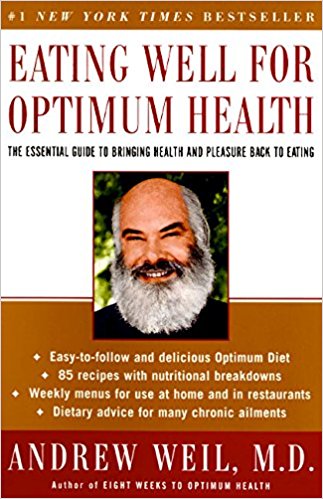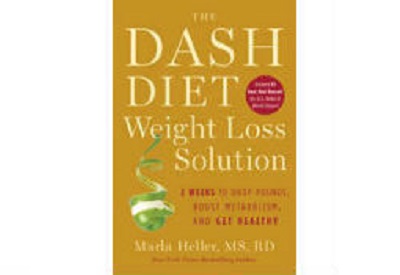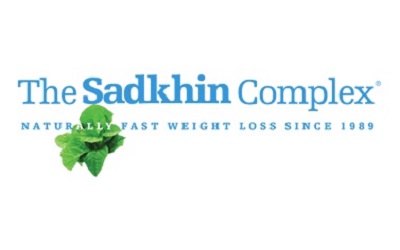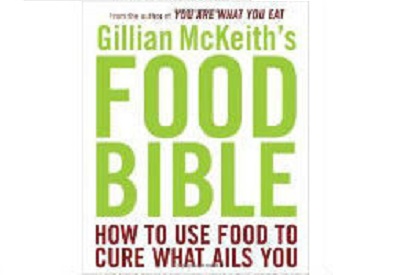 Dr. Weil’s Anti-Inflammatory Diet is a type of eating strategy meant to reduce the body’s inflammation, leading to improved health and weight management. The diet is laid out in Dr. Andrew Weil, MD’s book, “Eating Well for Optimum Health.”
Dr. Weil’s Anti-Inflammatory Diet is a type of eating strategy meant to reduce the body’s inflammation, leading to improved health and weight management. The diet is laid out in Dr. Andrew Weil, MD’s book, “Eating Well for Optimum Health.”
This diet encourages followers to select and prepare healthy foods that are meant to support the proper functioning of the body and encourage overall wellness. The goal is to meet nutritional needs, reach steady energy levels and incorporate these habits into a lifestyle that can be maintained over the long term. The actual purpose of this diet is not weight loss, though it can be a side effect of eating in the way Dr. Weil has recommended.
Aside from eating in a nutritious, balanced and healthy way, the diet also encourages regular activity and quitting smoking.
While following this diet, approximately 40 to 50 percent of daily calorie intake will come from carbohydrates. That said, it won’t be just any carbs. Instead, there is a focus on whole grains, vegetables and beans.
Another 30 percent of your calories will come from healthy fats. These place an especially high priority on foods high in omega 3 fatty acids such as ground flaxseeds, nuts, nut butters, avocados, fortified eggs, hemp seeds, and oily fish such as sardines, black cod, herring and salmon. Cottonseed, sunflower, safflower, corn and mixed vegetable oils are to be entirely avoided while on this diet. Instead, extra virgin oil is given top preference.
Finally, protein makes up 20 to 30 percent of a follower’s daily calorie intake. Preference is given to plant based proteins such as soybeans, beans and soy products. Some cheeses, yogurt and fish are permitted, but other animal proteins are meant to be eaten in limited quantities.
Foods made with partially hydrogenated oil, processed foods such as cookies and chips, high fructose corn syrup and other processed ingredients are not permitted in this eating strategy.
While both tea and coffee is permitted, tea is preferred between the two. One or two glasses of red wine per day are allowed (up to one for women and up to two for men) and a small amount of plan dark chocolate can also be enjoyed. The goal is to ensure that the chocolate is dark enough to contain a minimum of 70 percent cocoa.
The majority of people who try this eating strategy and the methods recommended for introducing this balance of foods into the regular habits find its difficulty level to be quite low. The biggest challenges are experienced by people who enjoy eating a large amount of red meat on a regular basis, and people who have been heavy reliant on fast food.
This diet offers followers a considerable amount of flexibility and a huge range of permitted foods for substantial variety and the chance to choose foods that truly appeal. The foods recommended through this diet are readily available. Among the biggest challenges is an increased requirement for food preparation for people who didn’t previously cook every day.
DIET REVIEWS
What kind of diet is right for YOU?
Take our nutritionist-designed quiz to find out what type of diet is right for your body and weight loss goals.





